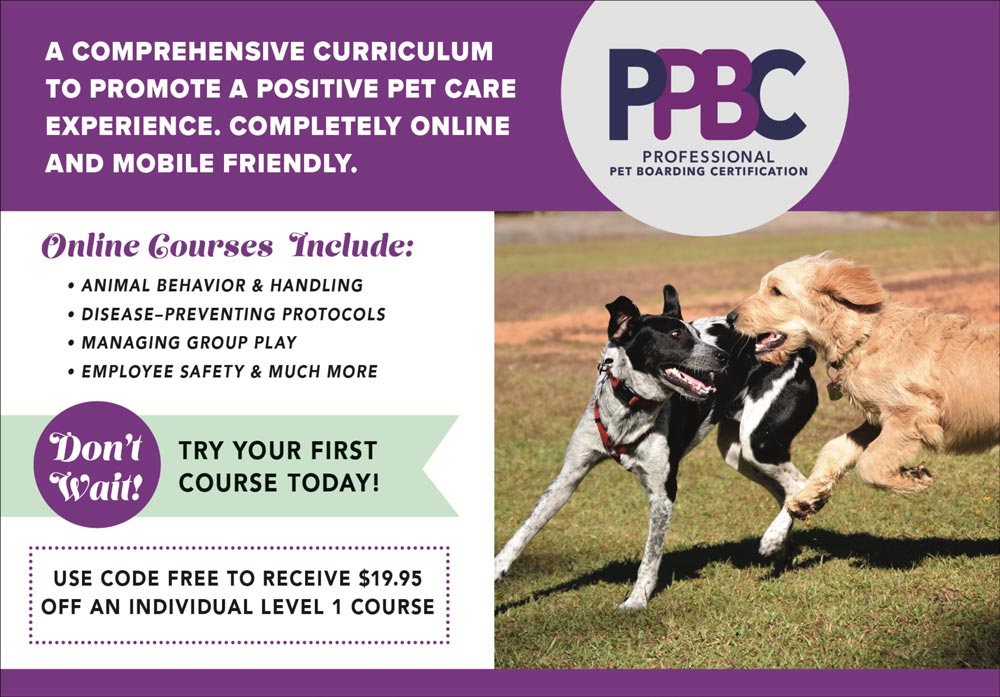Animal Behavior


By Eve Molzhon
 n a dog daycare, when it’s time to move the dogs from one play area to another, or perhaps it’s time for a potty break outside, things can get a little “spicy” when you have those dogs that get super excited. Certain dogs just can’t contain their excitement, and their energy and enthusiasm become contagious, sometimes affecting the entire pack. So, how do we navigate this situation without turning our daycare into a chaotic circus?
n a dog daycare, when it’s time to move the dogs from one play area to another, or perhaps it’s time for a potty break outside, things can get a little “spicy” when you have those dogs that get super excited. Certain dogs just can’t contain their excitement, and their energy and enthusiasm become contagious, sometimes affecting the entire pack. So, how do we navigate this situation without turning our daycare into a chaotic circus?
The challenge lies in teaching our furry friends that transitions are nothing to lose their minds over. And since we can’t ever remove all of the stimuli in our environment—taking the dogs outside or moving them into a different play space—we must find ways to manage their behavior and help the dogs work through the process in a more controlled manner. In doing so, safety should always be the priority, so starting with strategies to manage the situation is crucial. Once safety is ensured, we can then focus on training and guiding the dogs through the emotional process of transitioning from one place to another calmly.
There are various strategies and philosophies to achieve this. For those who use treats in their daycare, rewarding calm behavior with treats can be effective. Encouraging dogs to sit, wait and remain calm while others move around can help instill the idea that excitement isn’t necessary.
Sometimes it’s beneficial to prioritize certain dogs for movement, such as those who are overly excited or prone to causing disruptions. These dogs can be moved first (individually) or placed in a timeout crate temporarily to help them process their energy without disturbing the energy of the pack.
As we work with an excited dog, we’re teaching them that crossing a threshold does not mean they need to lose their mind.
Hallways can be particularly tricky, with dogs eager to pull their handlers along during a move from one playgroup to outside or to another area. In such cases, leashing the dog and utilizing the leash as a body harness can provide both physical and mental pressure, helping to calm them and shift their focus.
As we work with an excited dog, we’re teaching them that crossing a threshold does not mean they need to lose their mind. They’ll learn that they can be more comfortable and confident when they follow your lead and your commands, and still get to go outside or go to a new group. Nobody likes a bull in a china shop.
Managing excited dogs during movement in a daycare setting requires a combination of strategies, including rewards or redirection, and prioritizing certain individual dogs for movement. By implementing these techniques and putting safety first, we can create an environment where dogs can transition between spaces calmly and confidently, without creating chaos. A calm and controlled environment benefits both the dogs and their human handlers alike.
